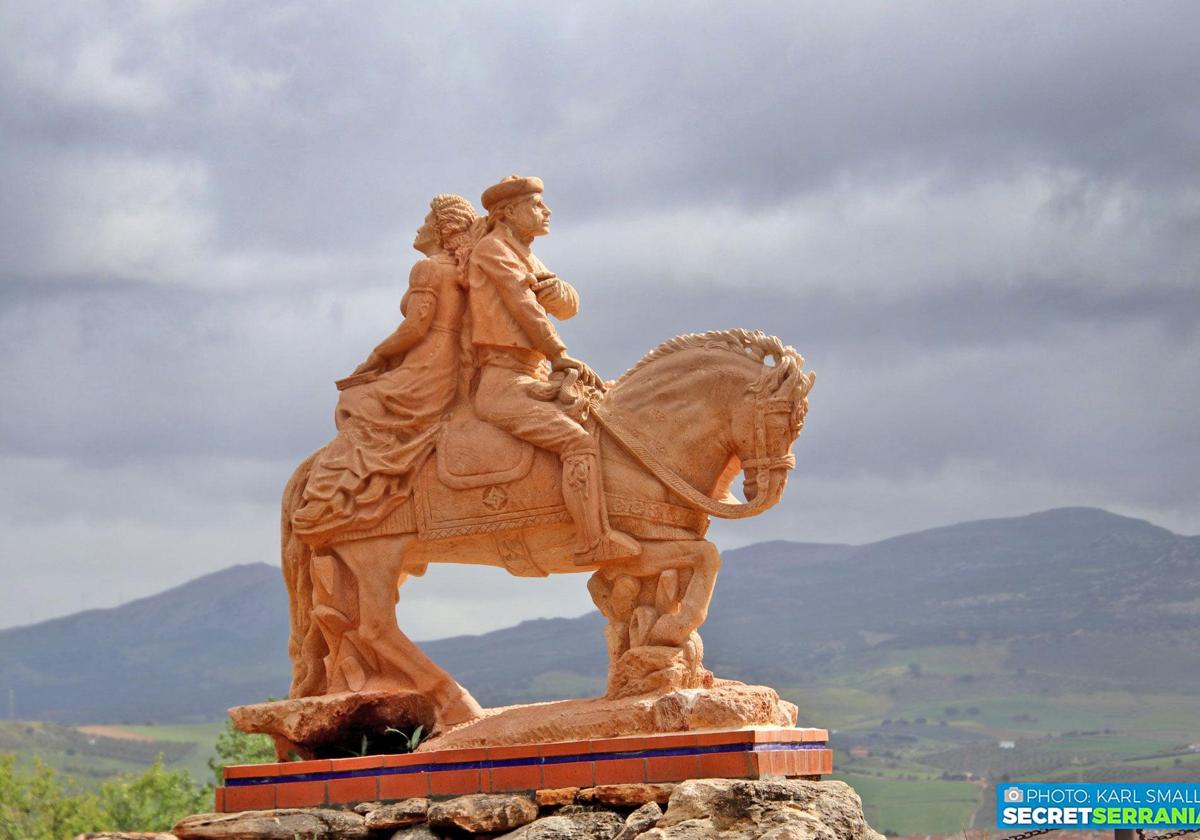

Sections
Highlight

For ten years or so different voices have been joining forces to recover the so-called 'Camino Inglés', literally 'the English road'. Now named as 'La Ruta de los Viajeros Románticos' (or the route of the travelling romanticists), this was an ancestral route that linked the Strait of Gibraltar with inland Spain via the Serranía de Ronda. It became popular in the wake of these artists of the late 19th century as they mentioned it in their accounts of their travels through Europe and beyond.
Aruviro is the group of supporters that has been pushing for this route to be restored. This association includes relevant municipalities, various institutions and businesses from the Campo de Gibraltar through to the Serranía de Ronda. They have been promoting this project by researching and translating the texts written in the 19th century, among other actions.
The whole route will be 92 kilometres long between Gibraltar and Ronda and will pass through the towns and villages of Ronda, Alpandeire, Atajate, Benadalid, Benalauría, Algatocín, Benarrabá, Gaucín, Casares, Jimena de la Frontera, San Martín del Tesorillo, San Roque, La Línea de la Concepción and Gibraltar. It will be divided into four stages, of which three (58 kilometres) will be in Malaga province from Ronda to Secadero in Casares. It can be covered on foot, on horseback and by mountain bike.
The Diputación, Malaga's provincial authority, has announced an investment of 811,000 euros to upgrade the Malaga part of the trail, mainly the sections that are not currently passable that amount to around 22 kilometres. "The aim is to enhance the value of a historic route with a long tradition, to the extent that it was known as the Camino Inglés because it welcomed foreign travellers on their journey from Gibraltar to Ronda and then inland Andalucía," said Diputación president Francisco Salado, who added that "a new recreational area will be created in the vicinity of the centres to these municipalities, which will allow healthy leisure activities to be carried out."
Most of the work will consist of cleaning and clearing the trail to open it up, and the municipal public paths and cattle tracks along the route will also be upgraded. Slopes will be stabilised and steel and wooden safety barriers will be installed in areas next to roads. Likewise, two fenced-in spaces will be created at the junction of the A-377 and the A-373 roads where horses can take some rest. The trail will be signposted along its entire length and will have to meet the approval of Fedme (Spain's main mountaineering federation) and the equestrian authorities. Likewise, a topographical guide will be drawn up containing detailed information on the route and the services and municipalities in the surrounding area.
In 2022 a monument was installed in Ronda to mark the starting point for this route. The statue is the work of Ricardo Dávila, inspired by Gustavo Doré's engraving 'Contrabandista y su novia rondeña a la grupa' that depicts a smuggler and his bride from Ronda riding on horseback, each looking in opposite directions. It is located next to Camping El Sur on the road to Algeciras.
Publicidad
Publicidad
Publicidad
Publicidad
Esta funcionalidad es exclusiva para suscriptores.
Reporta un error en esta noticia
Comentar es una ventaja exclusiva para registrados
¿Ya eres registrado?
Inicia sesiónNecesitas ser suscriptor para poder votar.